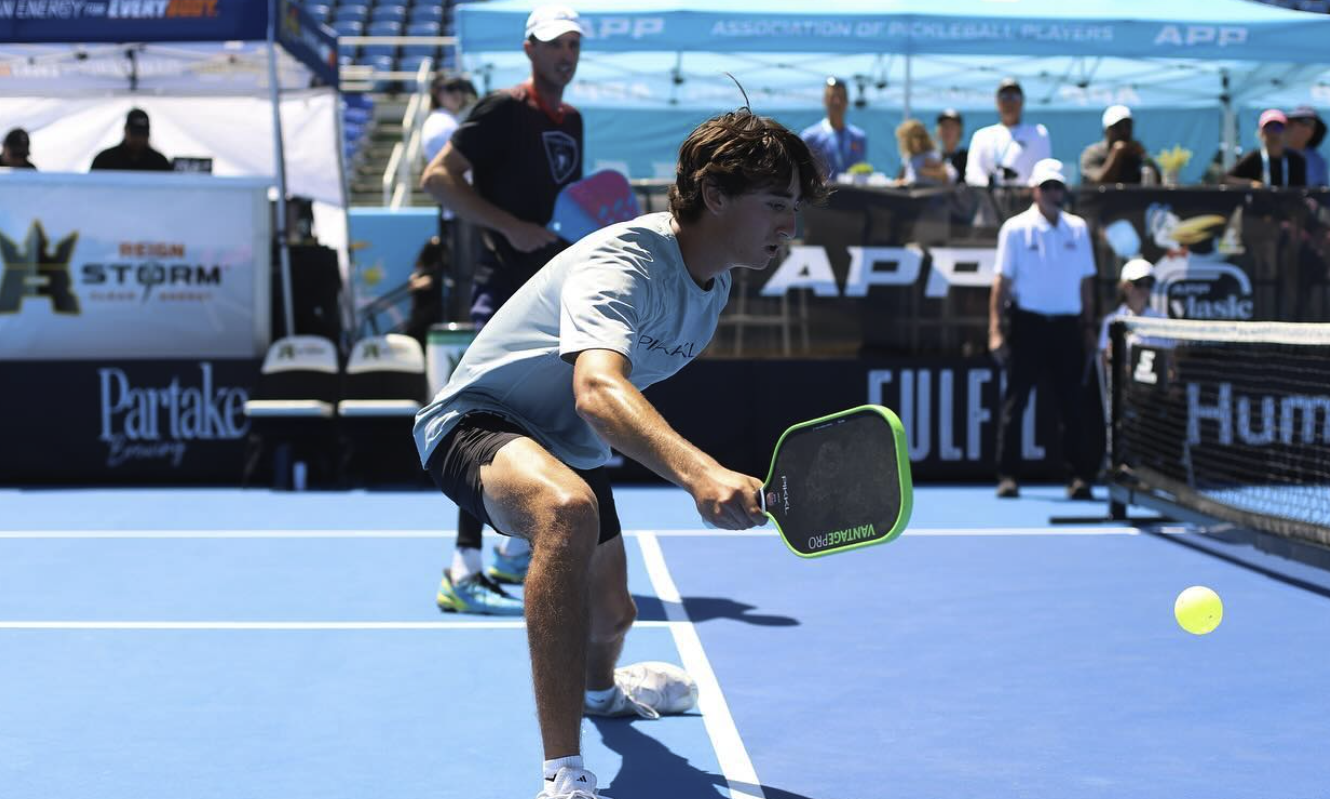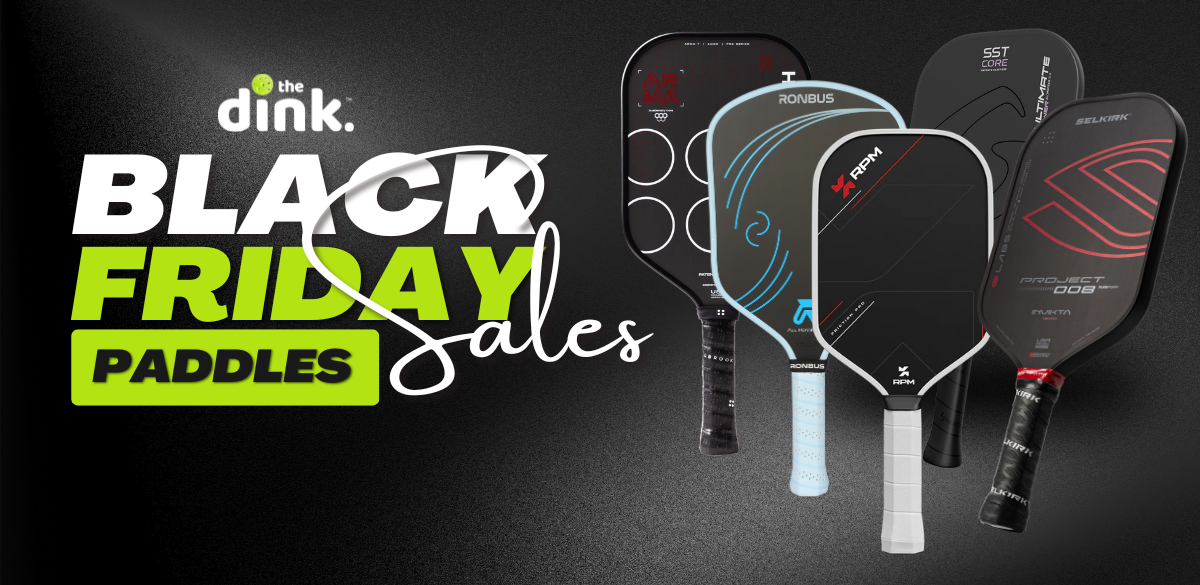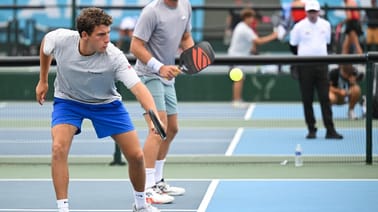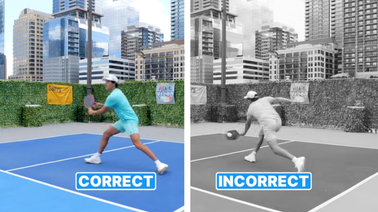
Pro Michael Loyd's 'Two-Thing Rule' for Hitting High-Percentage Pickleball Counters
At any given moment, you should only be concerned about the two most likely shots your opponent can hit. That's it. It sounds complicated at first, but it's actually liberating.
Michael Loyd, a PPA pro and MLP Challenger title champion, just dropped some serious knowledge on what separates elite-level countering from the rest. Listen up, this could change how you think about defense in pickleball.
In a recent instructional video published by Building Pickleball, Loyd breaks down the counter game with his signature wit and tactical prowess.
Love pickleball? Then you'll love our free newsletter. We send the latest news, tips, and highlights for free each Monday, Wednesday, and Friday.
He's not talking about paddle speed or grip pressure or any of those surface-level mechanics. Instead, he's focusing on something way more fundamental: percentages, positioning, and understanding what your opponent can actually do based on where the ball is on the court.
Why Countering Matters More Than Ever
Faster balls, faster paddles, and an overall shift toward offensive play means that resetting and neutralizing rallies just doesn't cut it anymore.
Loyd explains that countering has become the real deterrent. "If I choose the wrong ball and I speed up to the wrong spot and they punish me, I know that's a no-go zone," he says.
"That's going to pay dividends throughout the rest of the entire match."
Think about it: one solid counter early in a match can psychologically shift the entire dynamic. Your opponent starts second-guessing their attack options. They become hesitant. And suddenly, you've got the upper hand without even hitting a winner.
The Two-Thing Rule: Simplifying Court Coverage
Instead of trying to cover the entire court, Loyd advocates for what he calls the "two-thing rule."
At any given moment, you should only be concerned about two possible shots your opponent can hit. That's it.
"You should never be thinking about three," Loyd emphasizes.
"They could hit three, but you're not going to cover all three. You're going to cover two."
The positioning changes based on where the ball is coming from.
- If the ball is directly in front of you, your primary concern is your body, and your secondary concern is the line.
- If the ball shifts wider, your priorities flip: now you're focused on the line first, body second.
- And if the ball moves to the middle, you've got shared middle responsibility with your partner.
This framework sounds complicated at first, but it's actually liberating. You're not trying to be everywhere at once. You're being strategic about where you position yourself based on geometry and percentages.

Middle Coverage: The Hardest Part of Doubles
One of the trickiest aspects of doubles pickleball is middle coverage.
Loyd demonstrates this with a focus on body positioning and footwork. The difference between sticking a ball and missing it often comes down to the step, not the swing.
He also emphasizes that you don't need to take huge steps.
"You're barely dancing. You're not lunging to the ball," he says, showing how players often overthink the movement required.
Small, efficient adjustments are all you need when you're only covering two things at once.

The Bigger Picture: Percentages Over Heroics
Throughout the video, Loyd keeps coming back to one central idea: percentages matter more than anything else.
You're not trying to hit winners or make highlight-reel plays. You're trying to understand what your opponent can realistically do and positioning yourself to cover the most likely options.
Only when an opponent has proven they can consistently beat the percentages should you switch your strategy to focus on their tendencies.
This approach transforms how you think about defense. Instead of reacting to what your opponent does, you're anticipating it based on court position and geometry. You're playing chess while they're playing checkers.
The counter game in pickleball isn't about being faster or stronger. It's about being smarter. And according to Loyd, that starts with understanding positioning, percentages, and the simple rule of covering two things at a time.

Love Pickleball? Join 100k+ readers for free weekly tips, news & gear deals.
Subscribe to The DinkGet 15% off pickleball gear at Midwest Raquet Sports










